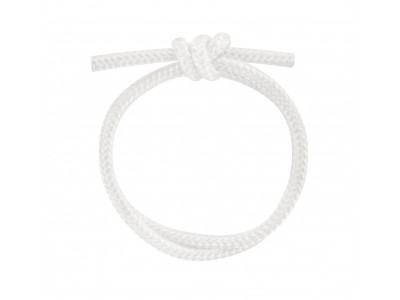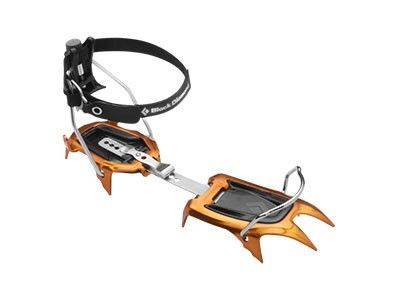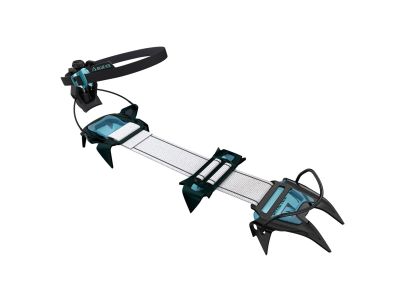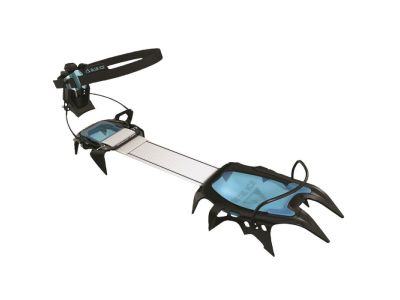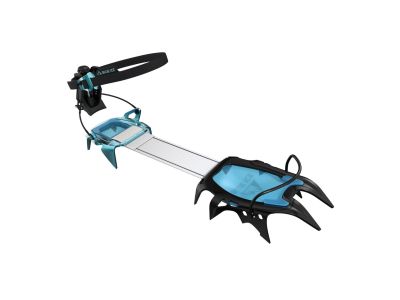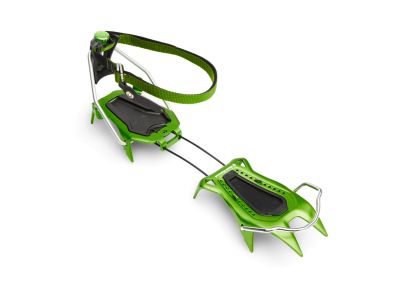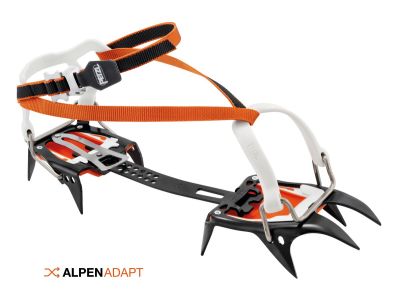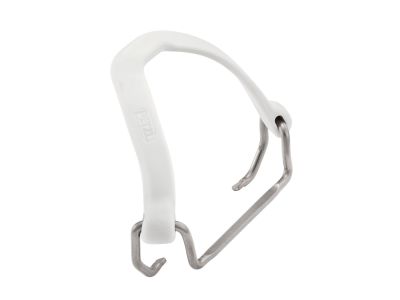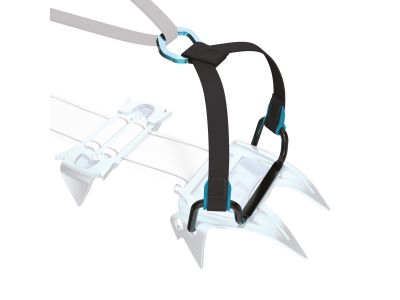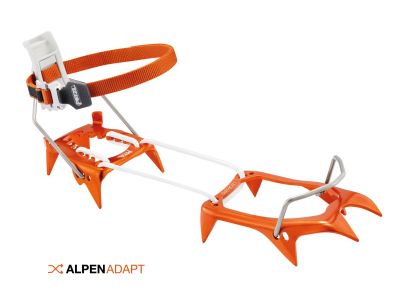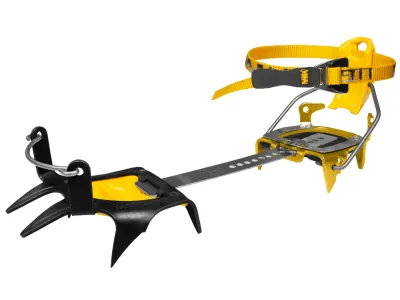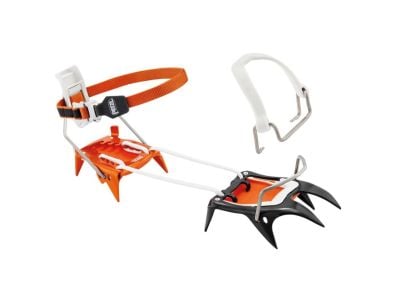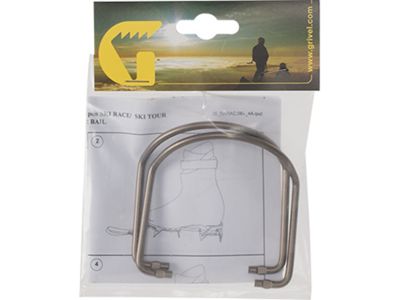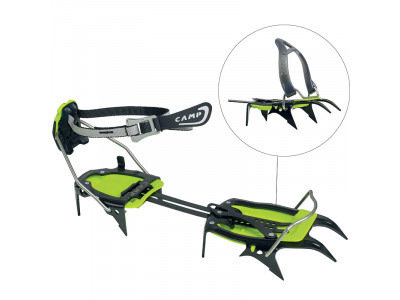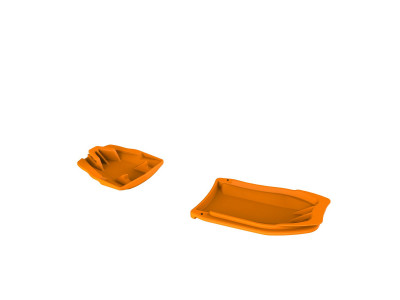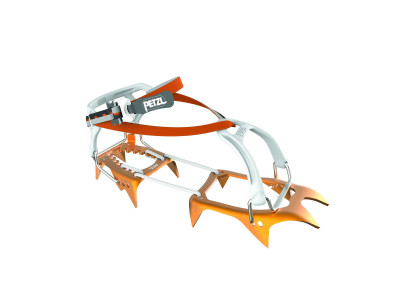Crampons are designed to provide traction on icy or steep terrain and allow ski mountaineers to ascend safely and efficiently. They attach to the bindings of ski mountaineering skis and have metal teeth that dig into the snow or ice, preventing slipping while climbing.
How to choose crampons for ski mountaineering?
If you are choosing skimo crampons, be sure to consider these features and specifications:
- Compatibility: Crampons come in a variety of sizes and are designed to be compatible with specific skimo skis and bindings. It is very important to choose crampons that are compatible with your bindings to ensure a secure fit and optimal performance.
- Width and weight: Width usually ranges from 80 mm to 120 mm. The width should match the width of your skis. Also, consider the weight of the skis, as lighter options can make a significant difference during long climbs.
- Material and construction: Crampons are typically made from durable, lightweight materials like aluminium or steel. Aluminium is lighter but may be less durable, while steel offers more durability but is slightly heavier. Choose the material that best suits your needs and preferences.
- Terrain: Consider the type of terrain you’ll encounter during your ski mountaineering adventures. If you anticipate frequently encountering icy or steep slopes, crampons with more aggressive teeth and a wider surface area may be more suitable.
Skimo ice cleats are specialized devices that attach to skimo ski boots. They are primarily used in more technical and demanding terrain, such as steep icy or mixed alpine routes. The crampons consist of metal spikes that are driven into the snow or ice to provide stability and traction on ascents and traverses.
How to choose ice cleats for ski mountaineering?
When choosing ice cleats for ski mountaineering, consider the following factors:
- Compatibility: Make sure the ice cleats you choose are compatible with your skimo skis. Some ice cleats have specific fastening systems designed for certain boot models.
- Design and flexibility: Look for ice cleats with a design that allows for easy use and adjustment. Some ice cleats offer modular or interchangeable front sections that allow you to customize the ice cleat configuration to the terrain you'll be running in.
- Materials: Ice cleats are typically made of steel or aluminium. Steel ice cleats offer greater durability and strength, making them suitable for more technical terrain. Aluminium ice cleats are lighter, but may be less durable and better suited to less demanding routes.
- Front spike configuration: Consider the front spike configuration of your ice cleats. Double front spikes provide better stability on steep ice, while single-spike ice cleats offer more precision on mixed trails.
